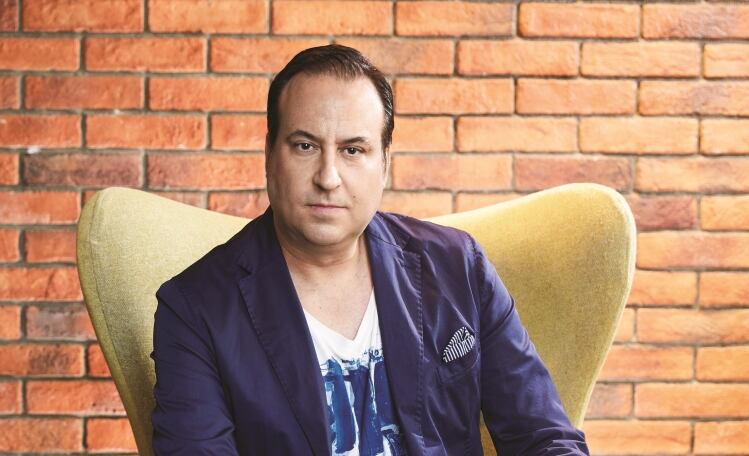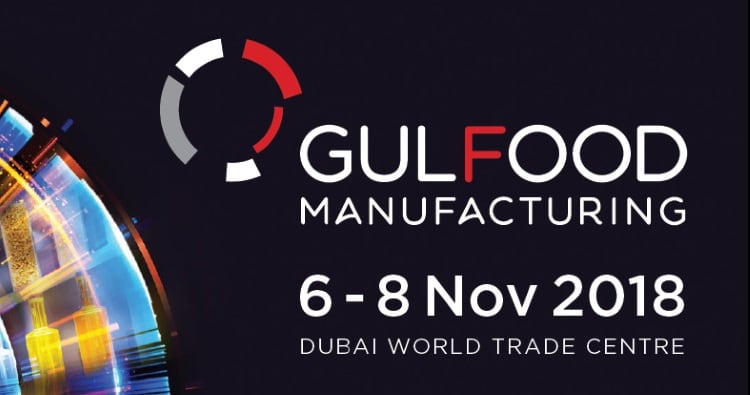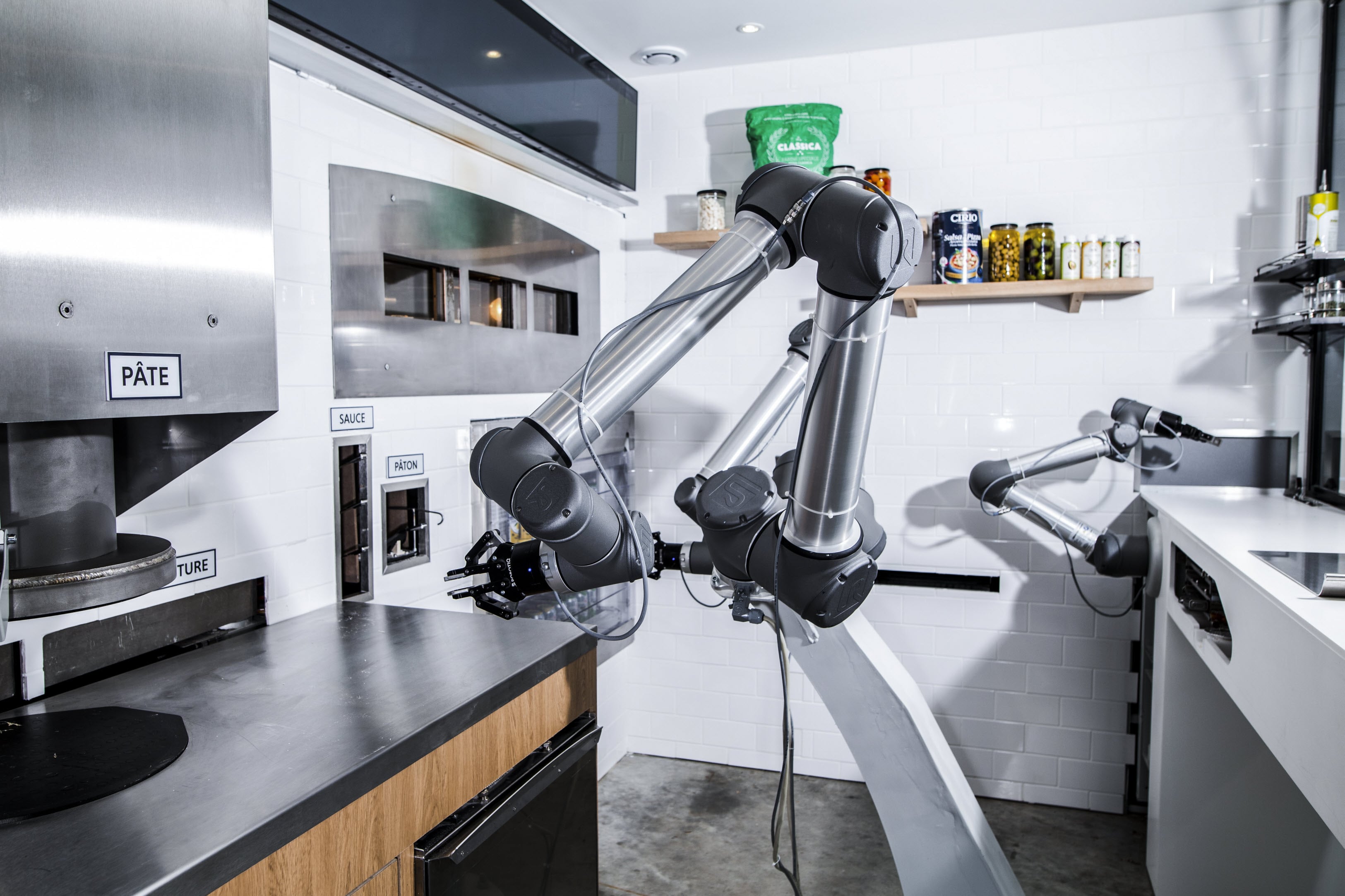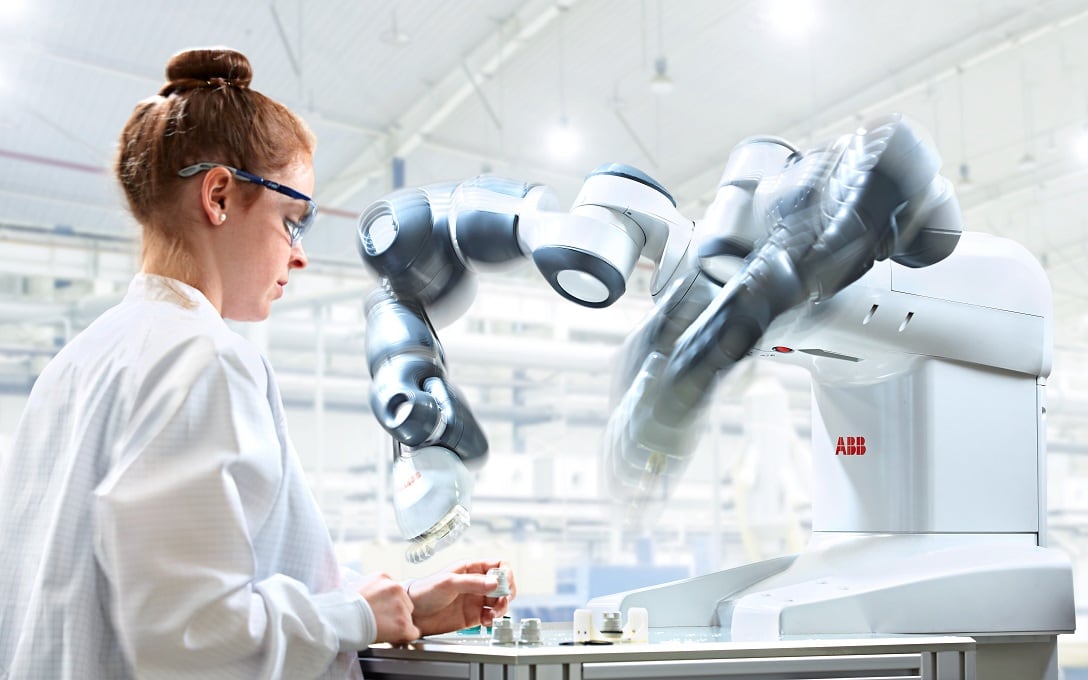For society at large, the future is arriving faster than they think, suggests Marius Robles. As such, any complacency from a food manufacturer is suicidal, regardless of whether or not the business has a market-leading position.
It’s typically bold thinking from the man who claims to have set up the world’s “first disruptive centre committed to the future of food”.
As chief executive and co-founder of Reimagine Food, Robles connects the more innovative strands of the food and drink industry with technologies that are transforming the way consumers select, purchase and, ultimately, eat and drink.
Robles’ latest forecast is that food and drink manufacturing in the future will be driven by what he terms the Food Paradox – a permanent coexistence between the natural and the artificial. And for manufacturers, it’s all about embracing the correct technology at the right time to maximise the benefit, both for them and the consumer.
“Technology is going to render many companies obsolete – mainly those without a capacity for accelerated transformation and which have grown with innovative short-sightedness,” he says.
“But those businesses that have openly embraced technology and have been founded as practically digital rather than analogue enterprises, will be able to move much faster. We are talking about collaborative robots [cobots], artificial intelligence [AI], big data etc.”
Macro trends forecast
Robles’ previous consumer and macro trends forecast makes it clear that the way food is manufactured will also be affected. He predicts the first to undergo this change will be the primary sector, through the use of harvesting robots.
“Most of today’s food factories were conceived under the notion of centralisation and their products are aimed at large-scale distribution – this is the first aspect that will change,” predicts Robles. “What would happen if we started to have food products created exclusively for digital distribution, without passing through a supermarket?”
Secondly, personalisation will have an effect, he says. “How prepared are food manufacturers to create personalised products for their clients? I recently talked to some world leaders in the baking, snacking and confectionery sectors and they reported having three main challenges on their plate: aligning their products with current health trends; working on new packaging models; and increasing the personalisation of some products.
“They asked how they could possibly align more than 150 factories with personalisation trends. Therein lies the challenge.”
Having a process model that facilitates fast-prototyping is yet another problem. “I still meet manufacturers that take an average of two to three years between conceiving a product and market launch. That is absurd, especially when we consider that accelerated and agile food start-ups are taking market share from big brands. Large food manufacturers are losing the growth game.”
While Robles does not advocate that established manufacturers move on to a start-up model overnight, he believes, in some cases, they should try to think more like start-ups.
“I recently visited two firms in San Francisco: Just and Impossible Foods,” he says. “Both are still technically labelled as start-ups, but their positioning and figures say otherwise. I think they’ll soon be market leaders.”
Slow blockchain growth
As far as existing technologies go, Robles says blockchain’s growth so far is slow, with the main interest coming from tech companies rather than food manufacturers.
“But consumers hold the key,” he says. “Although the first applications have focused on controlling food safety, during the coming decade food markets (just like financial) will probably be governed by automatic transactions, from the negotiation of large-scale deals between suppliers to the automation of home delivery.”
In imagining the factory of the future, Robles believes deploying AI in large-scale food manufacture will be one of the main challenges.
“This includes nanotechnology, Internet of Things sensors for supply chain management, predictive machine analytics, wearable robots, cameras using machine-learning to categorise boxes in warehouses, scanning for quality and assurance defects, and cobots,” he says.
“I also believe technology will provide us with high-quality predictive analysis, enabling factories to detect any elements blocking productivity and predict bottlenecks.”
He feels Brexit, meanwhile, could be a catalyst for the UK “to transform the dystopian part” into one “full of possibilities”. Given the level of dependence on overseas workers, it might allow the UK to become a leader in “food robolution”, he says, adding, “There will be a need to accelerate some industries and make them smarter.”
Robot development
Robles believes the progress in robot development that could revolutionise the agricultural sector in particular is huge, he says.
“A recent study by Anderson Midlands found the UK employs around 10,300 seasonal workers every year to manage 300,000t of fruit harvests, worth £180m. In the US, harvesting fruit and vegetables requires a similar workforce.
“However, market research from Alpha Brown valued the US harvesting robot market at $5.5bn. This figure is based on the capacity of robots to offset the current cost of labour and will be the factor that eventually determines the level of deployment of such technologies in the market.”
Since 2013, he argues, there has been a “maturity curve” in the application of robotics in the food sector, where they have passed the point of serving as entertainment and are now generally a guarantee of productivity.
That said, and considering the fact that the cost of robotic technology has dropped by over 40% in five years, Robles believes “we will have to wait for a second wave of change in robotics applied to food”.
Combining robotics and AI could produce a new level of robotisation, Robles claims. Until now, we have sought to create robots that replicated repetitive tasks – hence the term automation, he adds.
But what would happen if we were to witness a giant technological leap? Robles has identified more than 20 issues that will determine how our relationship with food will be transformed through robots. These include food mobility, cobots, chefbots, wearable robots, robot-driving-cooking, warehouse robots, flying robots and barista robots.
The future, it seems, is all bot.
Predictions that have borne fruit
Marius Robles is frank in his assessment of his own predictions, acknowledging that some have borne fruit while others have met premature ends.
The progress of cellular agriculture and the increasing use of robots in gastronomy (Eats, Café X, Spyce, Creator), are two areas he predicted a few years ago.
“I also said we would start to focus more on genetic nutrition and that the food industry would only account for a significant market share in certain countries,” he says.
However, the application of technology, such as 3D printing of food, is advancing “more slowly” than he thought, as is “virtual reality as a complementary experience to gastronomic moments”.




